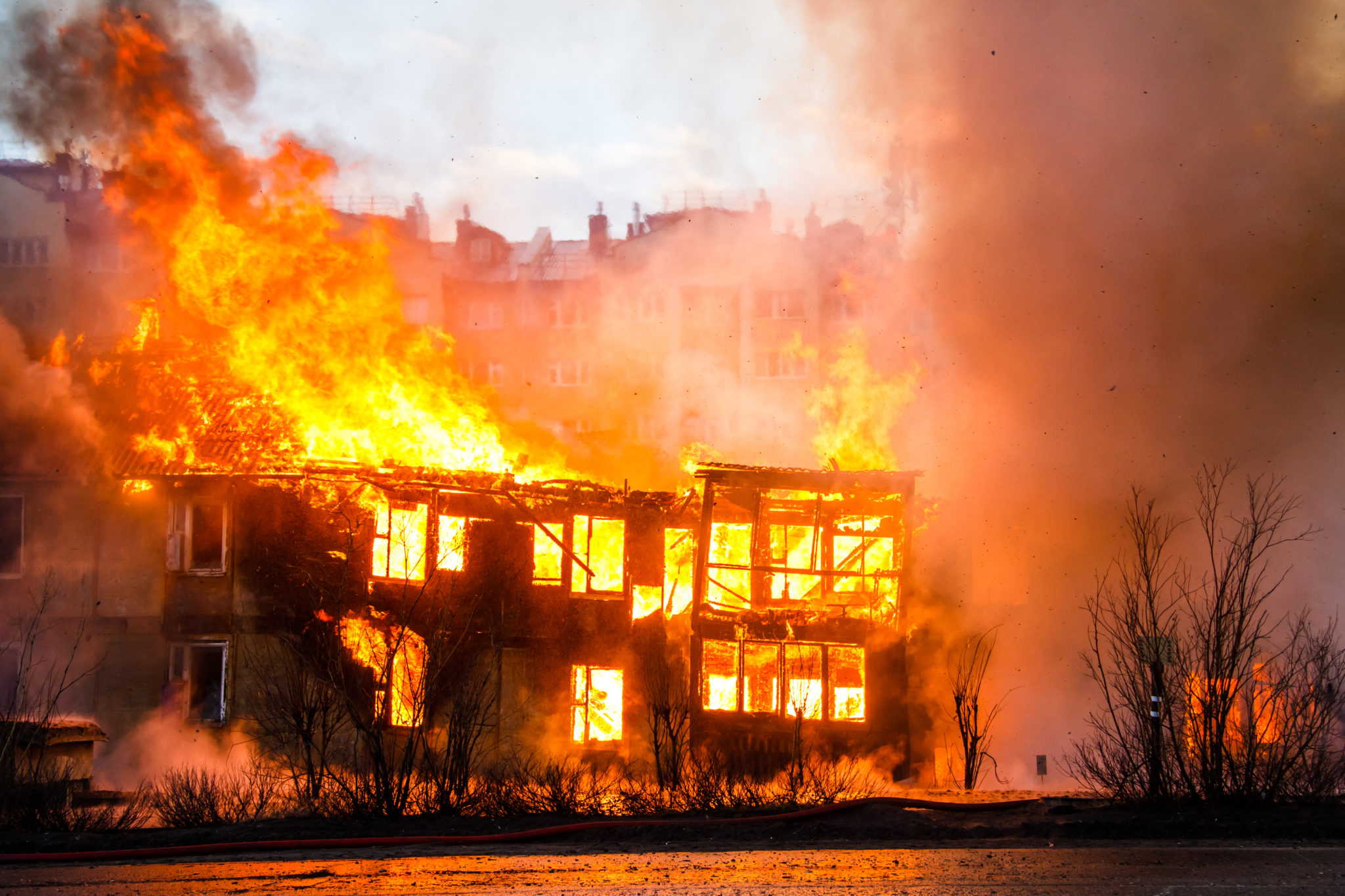
It’s not hard to understand why builders and developers may prefer wood as a primary construction material—lumber is comparatively inexpensive and lightweight, plus it’s an easily accessible and renewable resource. But, it’s also highly combustible, especially during the construction of multi-level buildings. So, do the benefits outweigh the risks? In the wake of several multi-unit, mid-construction structure fires this year alone, fire experts are asking themselves that very question.
“It could easily be viewed that construction projects are more susceptible to fires because often times the fire protection systems that will eventually be in place are in the process of being installed,” said Harrington Group’s fire protection engineer Nolan McCarthy. “So, you have various construction activities such as hot work going on with no active, automatic protection mechanisms.”
In March 2017, a five-alarm blaze destroyed The Metropolitan, a 240-unit apartment complex under construction in downtown Raleigh, North Carolina, that reports say was about 40% complete. The fire, which began around 10:00 pm on a Thursday, resulted in an estimated $12 million loss and only one injury, which was non-life-threatening, according to local reports. Local media reports also stated that the building had undergone (and passed) upwards of 50 inspections, including one just days before the devastating fire. But, as the National Fire Protection Association (NFPA) notes in a March 2017 blog post, regardless of those inspections, flames can easily and swiftly spread across exposed lumber and plywood, especially before “passive protection measures” like sheetrock have been installed.
NFPA 241 (Standard for Safeguarding Construction, Alteration, and Demolition Operations) requires building owners to develop a program that includes fire protection systems and a “pre-fire plan” with the local fire department. Each project should have a designated person who is responsible for developing and implementing the plan, which includes guard service and overall knowledge of fire inspection procedures. The code also outlines requirements for hot work procedures during construction, the availability of fire protection water supplies when combustibles are present, and the placement of fire extinguishers.
Similar construction fires in New Jersey have motivated residents to question the state’s building codes, but local press reports that bills to tighten the codes have not been passed.
What do you think? Should states implement tougher building codes? Check back for an update and input from both fire protection and construction experts!


